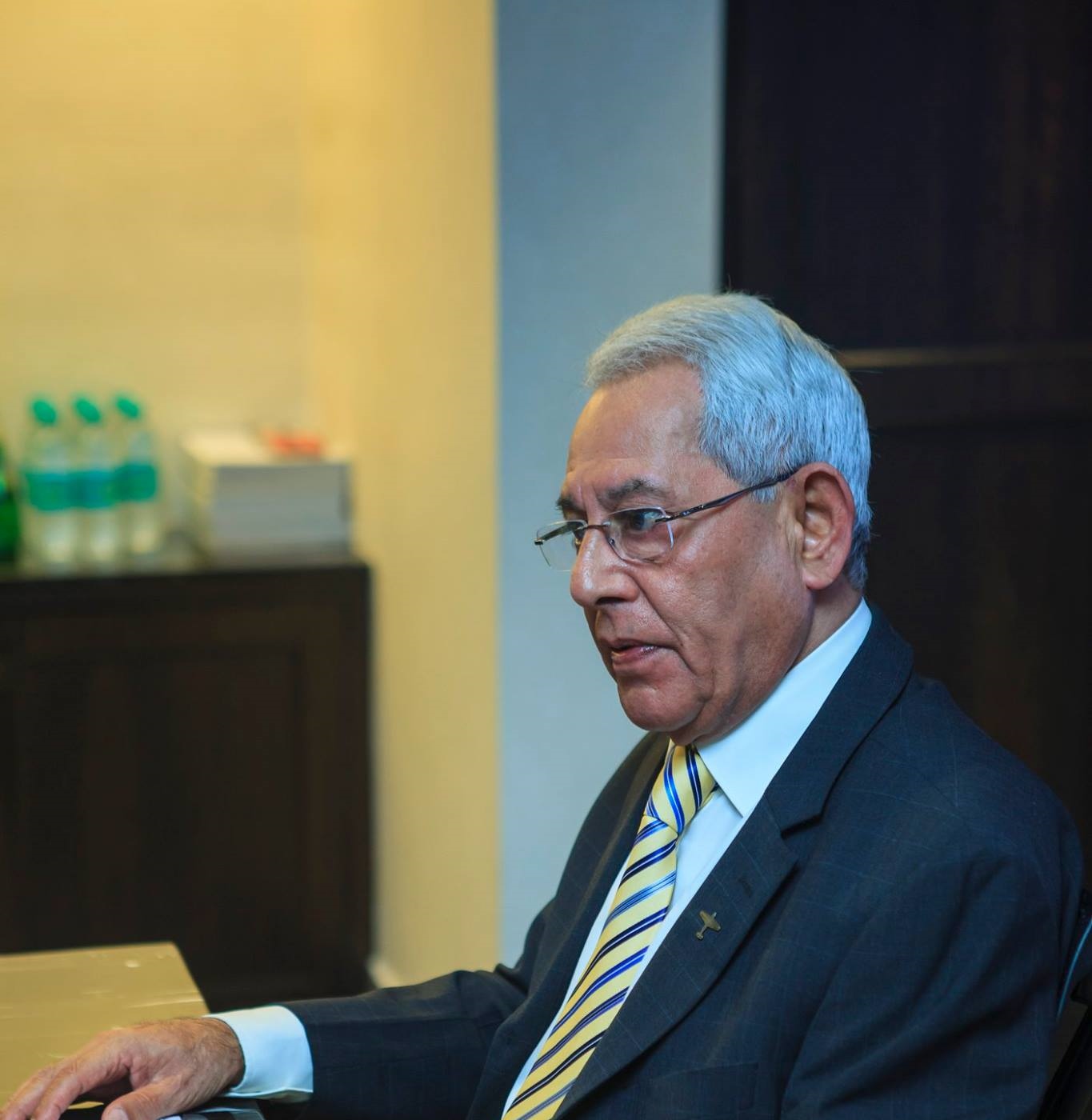Future Wars and Likely Conflict Situations
February 9, 2018 | Expert Insights

In January 2017, a distinguished gathering met at the Synergia Forum to discuss the future of wars and potential conflicts. The purpose - to ascertain if there was space for conventional warfare between nations in the complete spectrum of warfare. A parallel objective was to ponder over the manner in which future crises would unfold and how they could be resolved.
Ms. Sambratha Shetty, Project Director at Synergia Foundation spoke about the four generations of war. The first - characterized by the victory of size with the larger army, the second - wherein artillery power was determining of victory. The third generation of war - World War I, has victory being awarded to maneuver over man or fire power. William Lind, in his book “4th Generation Warfare” characterizes the fourth generation with the return of decentralized war.
Air Chief Marshal Fali Homi Major began by discussing the advent of military power in India that occurred after the war with China in 1962. We didn’t think about a holistic national power as the objective of the country until the bolt from the blue in 1962 made us realize that we need to do something to strengthen the country and also how to use total national power. He then went on to expound on the total, across-the-spectrum capability that armed forces must maintain.
There must be a dual approach taken- one that focuses on conventional warfare while leaning slightly towards developing sub conventional methods such as communications and cybersecurity and nuclear capabilities to help cover all bases. He discussed the importance of right-sizing India’s weapon profile, what he called the “tooth-to-tail ratio”, the longer the tail, the worse it is. Especially in terms of expenditure. He pointed out the extreme need to cut down on unnecessary expenses such as having staff cars in military colours and rationalize all capital to developing conventional and sub-conventional warfare as already done by UK, Europe or now by Pakistan.
He then went on to speak about the need for military operations to stay unreported until completion. In reference to the case of Barkha Dutt during 26/11 and the alleged surgical strike of 2016, the importance of maintaining secrecy was agreed upon. This cold-start doctrine is one that India needs to aspire to. It means that small groups with an all-around weapon profile must be prepared to react at any one place.
As explained by Maj.-Gen Moni Chandi, “if we can attack another country but we’re not prepared, would you like to go when you’re 30% prepared and he’s 0% prepared, or when you’re 100% prepared and he’s 80% prepared? So cold-start means you short-change that whole thing and you go in with whatever preparation you have.”
As elaborated by Marshal Fali Homi Major, India’s immediate threats include China and Pakistan. It thus needs to concentrate, beef-up, hone its skills and improve combat edge in nuclear power and trial. Other dimensions to be considered are the scope of an operation, the force levels needed, the concept of operations (air, sea or land), catering for collateral damage because there will be instances of urban warfare and dealing with the glare of media and social network.








Comments